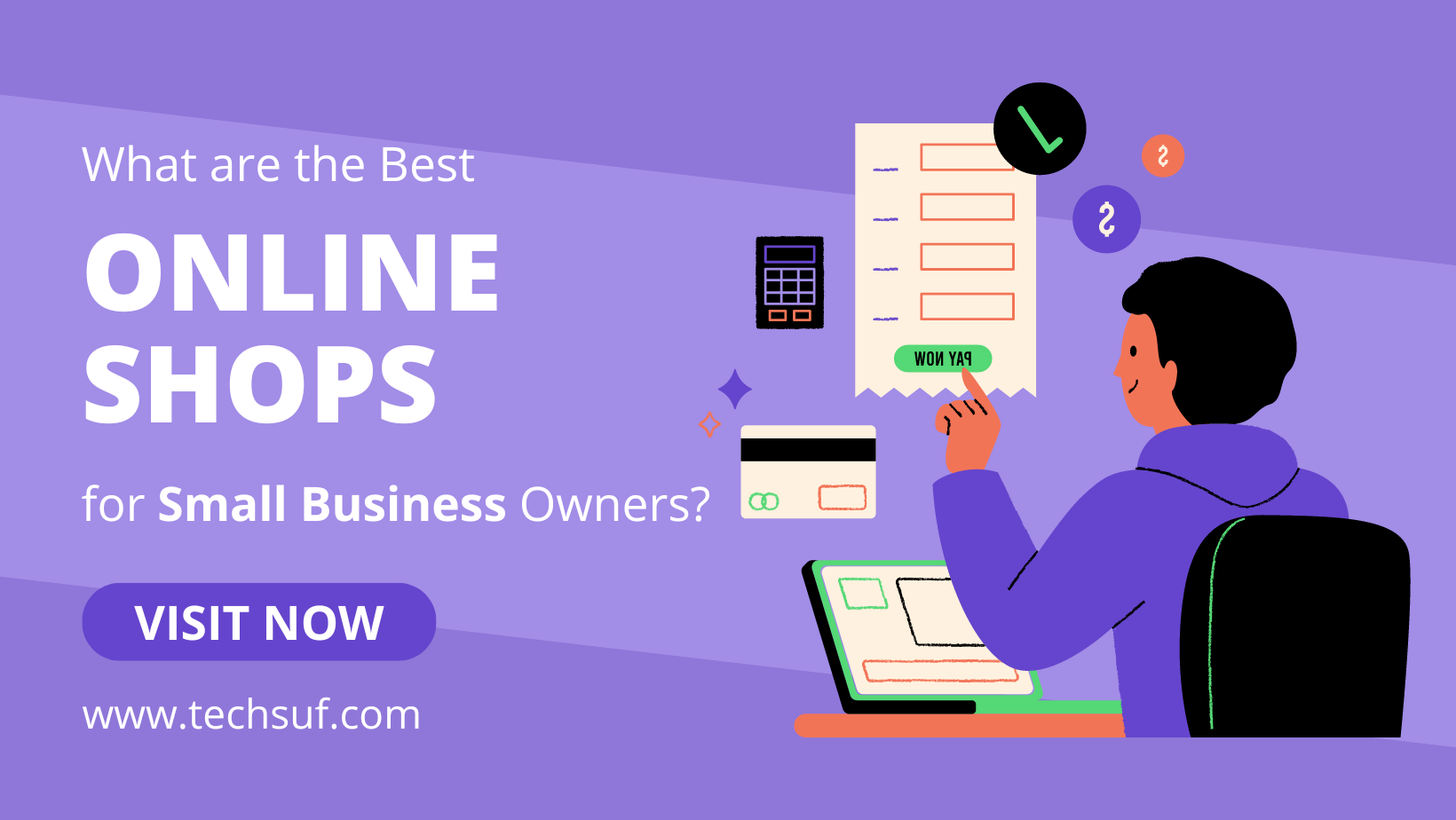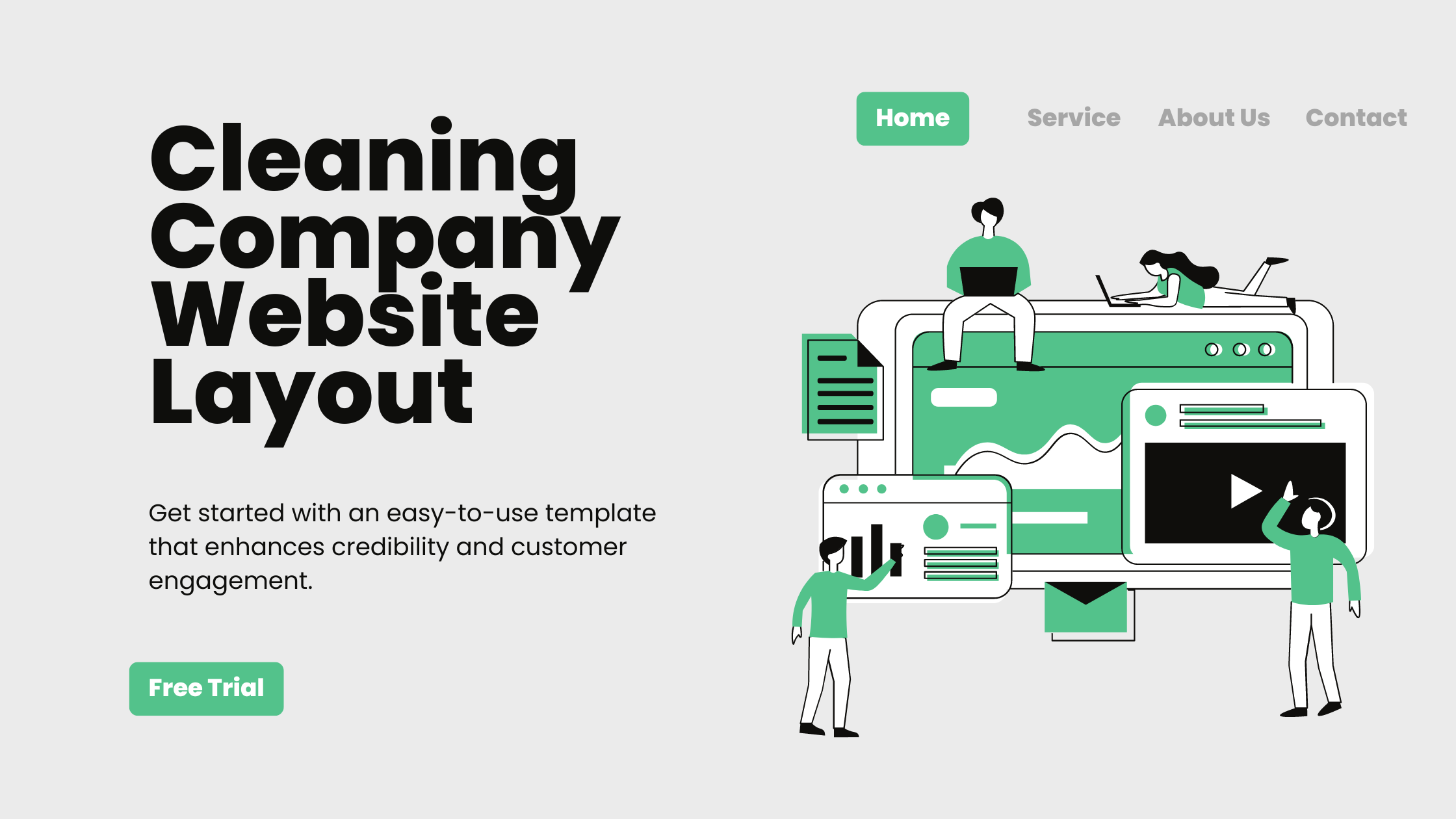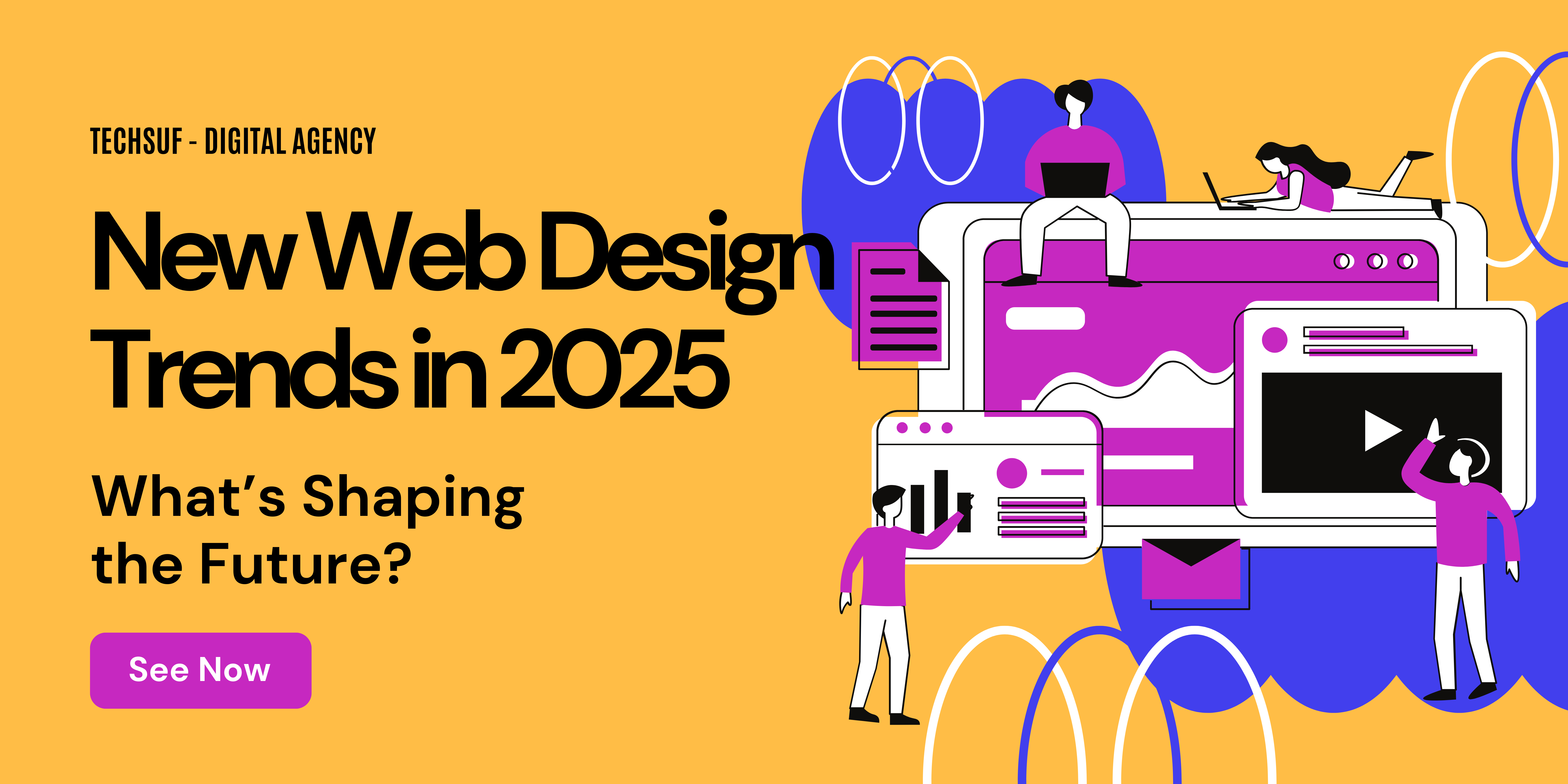What are you waiting for?
Let's talk
+880-1307-636-476
hello@techsuf.com
+880-1307-636-476
Techsufh
techsuf
Related Post
There are many variations of passages of Lorem Ipsum available but the majority have suffered alteration in some form.

Introduction to Online Shops for Small Business Owners Online presence is essential for small busines...

Sep 26 2024

Whether you provide residential cleaning or commercial janitorial services, having a professional websit...

Sep 14 2024

Web design has always been a fast-moving field, and by 2025, the landscape will have evolved dramaticall...

Sep 14 2024

Let us knowhow we can help!
We are happy to help in any way we can. Please let us know what we can do to make your experience with us better. We would love to provide the solutions or resources you need.